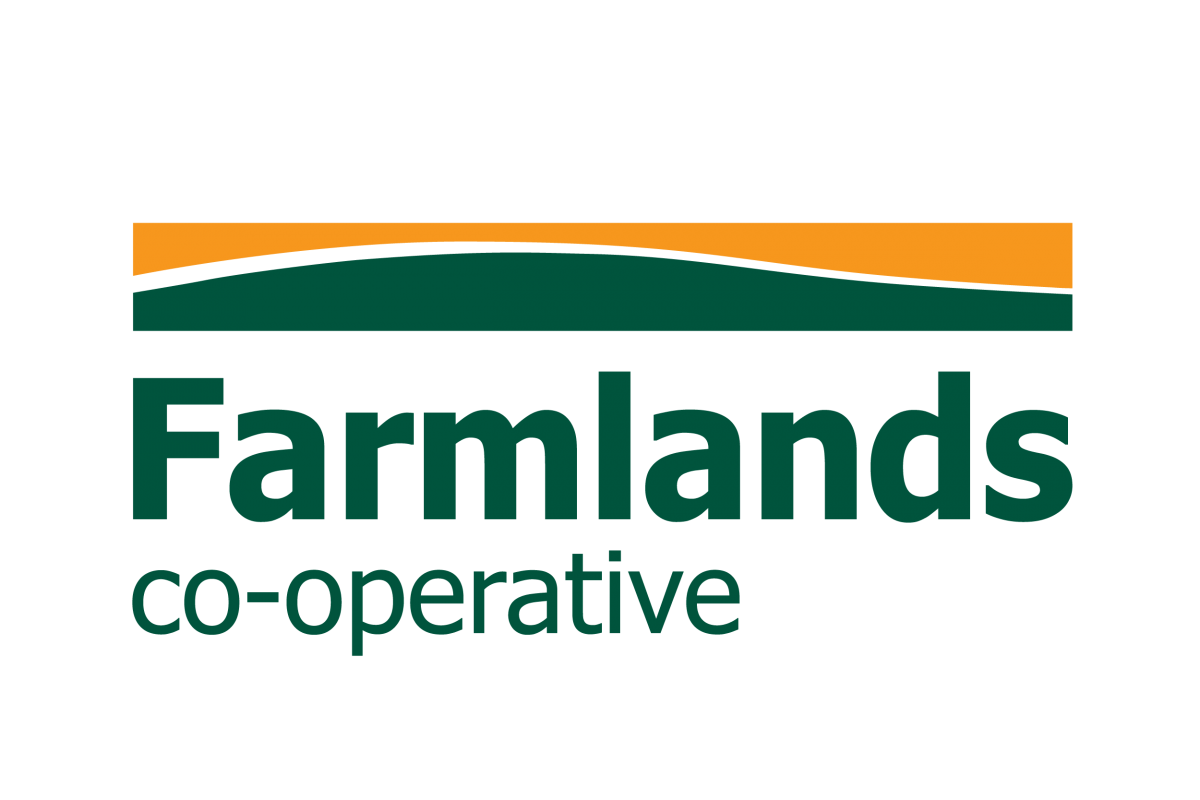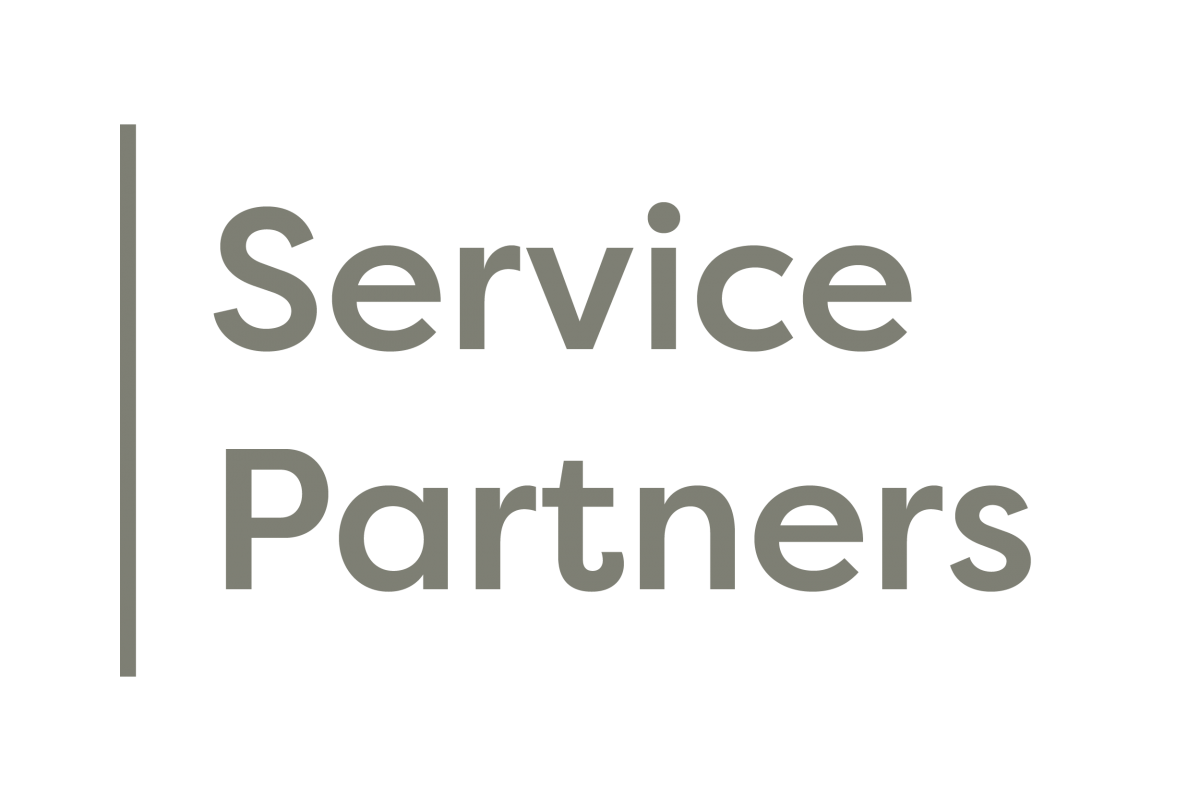New Zealand (NZ) has the largest population of farmed deer worldwide and the invention of deer farming is a great innovative agricultural success (Anselmi, Taylor, Good, Hansen, & McHugh, 2012). Recently, NZ velvet has developed a premium product reputation and prices have been high. However, on the 1st March 2016 the National Animal Identification and Tracing (NAIT) scheme will require all mature deer to be NAIT tagged and registered.
This imposes a compliance cost, but equally creates new opportunities from the adoption of Radio Frequency Identification (RFID) technology. RFID has revolutionised NZ dairy farm production systems and is seen by many premium markets, as “a necessity for food safety procedures and requirements” (Anselmi, et al., 2012, p. 15).
“RFID is a generic term that is used to describe a system that transmits the identity (in the form of a unique serial number) of an object or person wirelessly, using radio waves” (Kaur, Sandhu, Mohan, & Sandhu, 2011, p. 151) . RFID or electronic identification (EID) animal tagging “is a means of automatically identifying individual products or livestock via a unique numbered tag which has the ability to be scanned and recorded onto an external database” (Anselmi, et al., 2012. p. 7). RFID could be thought of as a replacement to barcode technology, but with a number of additional capabilities, including its ability to operate in some environments without direct line of sight.
The majority of NZ velvet is sold in South Korea with in private medicine shops, by highly trained Oriental Medicine Doctors who “prescribe velvet in combination with a number of herbs, according to the treatment required” (Fraser, 2009, p. 6). This market is changing and young Koreans are time poor, but still believe in the health properties of velvet. They require velvet in a capsule and extract form, which creates new opportunities within velvet-focused farm systems and velvet value chains.
The purpose of this study was to add to the existing literature available to the Deer Industry New Zealand (DINZ) and its stakeholders on RFID. The goal of this study was to fill the gap by completing: an evaluation of RFID technology within velvet-focused farm systems and velvet value chains. A case study approach was used as defined by Perry (1998) and a thematic analysis technique was used to analyse the data as described by Fereday, (2006). The study’s interviewees were made up of industry professionals who have specific knowledge and viewpoints on either RFID, velvet supply chains, the NZ deer industry or velvet-focused farming systems. It can be concluded that there are opportunities for RFID technology within velvet-focused farm systems.
Seven main opportunities were identified from the ad option of RFID technology by the NZ velvet industry. All seven of these opportunities were shown to be interlinked through the adoption of RFID technology, but were shown to provide different impacts depending on the adopter’s position within the supply chain. These seven opportunities are:
- Ultra – High Frequency (UHF)
- Traceability
- Supply chain management
- Data handling
- Individualised management
- Live data analysis
- Industry data hub
The biggest opportunity for the velvet industry is the industry-wide adoption of UHF RFID technology. UHF is the preferred RFID frequency for supply chains, but it also creates additional opportunities for NZ velvet producers . UHF appears to better adhere to the behaviour of deer, which enables more applications in the animal management systems of producers compared to low frequency. UHF’s key benefits were its animal handling, information storage and increased operator safety capabilities.
The traceability capability of RFID was seen as the biggest opportunity across all RFID frequencies. The benefits of RFIDs traceability capability are created through RFIDs ability to improve supply chain management, data handling, individualised management and live data analysis through the use of an industry data hub. This requires the integration of on-farm a d supply chain RFID technologies, which is needed to create relatively seamless electronic information transfer between entities. This integration would enable the opportunities that have been identified to be implemented and would be beneficial for all parties within the NZ velvet industry.
In the long term, the potential opportunities of RFID for the NZ velvet industry will outweigh the limitations to adoption as the adoption of RFID has the potential to benefit all par ties within the NZ velvet industry. The main limitations of the uptake of RFID technology within the NZ velvet industry are a lack of useful information sharing and time for user familiarisation. These limitations will be ongoing as more innovative RFID opportunities are created for velvet-focused farm systems and velvet value chains. Some of these opportunities we have yet to imagine, let alone recognise
Based on this study, it has been recommended:
- That further research is conducted into understanding the full potential of RFID technologies within the NZ velvet industry.
- That NAIT urgently revisits and reassess its decision to exclude the use of UHF technology from the NZ velvet industry for animal identification and tracing.
- That DINZ makes the further exploration of UHF RFID velvet tag technology as a suitable alternative to paper-based velvet traceability systems a priority.
- That DINZ enables innovative customers, marketers and producers to freely experiment with RFID and identify their own tangible opportunities, limitations and benefits.
- That DINZ does not immediately make a new RFID technology compulsory and instead enables the extension, support and time needed for users to become familiar with RFID.
- That entities involved within RFID technology development, NZ velvet production and velvet value chains come together to communicate and collaborate in order to create:
- An improved extension frame work for RFID within the NZ velvet industry.
- A development plan for the utilisation of data created through RFID.
- A strategy of enablement, which allows commercial entities both on-farm and in the velvet value chain to benefit from the opportunities that RFID can create.
- That NZ livestock industries come together on RFID research and development to create and exploit mutually beneficial opportunities.
- That visionary leadership is utilised for decisions regarding RFID within the NZ velvet industry. To ensure that RFIDs long term potential to create new opportunities is not wasted.
- That a strategy for the creation of a national industry good livestock data hub is created. A hub that would enable the transfer of information between entities, the creation of powerful big data analysis and a framework for RFID data transfer and analysis technology developers.


























